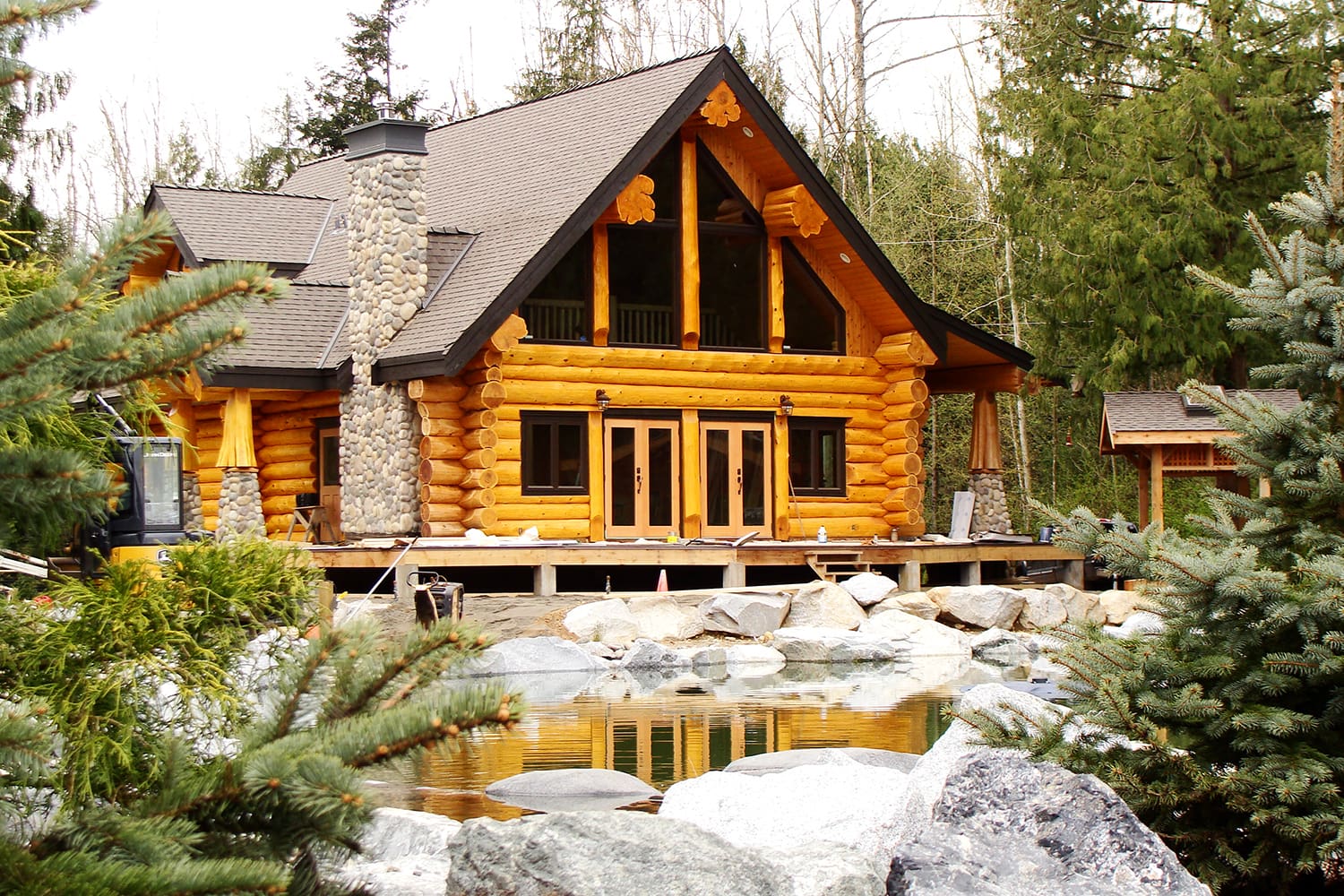

The six children slept in the loft, and the parents slept on the first floor. Interviews with long-time residents now in their late 80's indicate that this house was occupied by John Wilkow (born 1848, died 1939), his wife Susan Wilkow (born 1951, died 1911), and their six children in the early 1900's. Some limited oral history data exists on past uses of the house. The maiden name of Peter's wife, Mary, remains unknown. The Demory surname was associated with persons of Anglo-American heritage, and two of Peter's sons married women of German-American heritage. Peter also owned a larger tract on the valley floor nearby, where he resided. His son, Peter Demory, carried on with those leases and then purchased a 22-acre parcel on which this house is located in 1811. Land records show that the tract of land on which this house is located was used in the 1780's and 1790's by John Dimory (also spelled Demory and Demery), who leased 220 acres of land from the Fairfax family. Other artifacts recovered to date include fairly basic mass-produced ceramics, glass wares, and iron hardware of the period.

Early forms of wire nails recovered archaeologically at this site likely date from the 1870's and later periods (Priess 1973). Existing floor boards were cut with a straight saw, and ride on top of hand-hewn "sleeper" timbers, which run north-south with their ends resting on the stone foundation walls.Įxcavations have uncovered a notable quantity of hand-wrought nails, cut nails, glass wares, and ceramics from this site which date from the period of 1780-1860 (Phillips 1994 Nelson 1968 Mercer 1968). A partition wall for this stair extends out to the chimney stack on the ground floor, separating a slightly larger room on the west side of the ground floor from a smaller room on the east side, containing the box stair. Just inside that north doorway is a collapsed boxed stair, leading to the half-story loft area above. View house plan sketchĪn off-center front door on the south facade is matched roughly by an off-center rear doorway on the north side of the house.


The bricks were likely made somewhere else in the region, and obtained by the house owner for use in the construction. The quantity and type of clay needed to make these bricks is not consistent with the type of red-yellow clay available from the subsoils of the area around this house site (U.S.G.S. No hearth or stove remains in the house at the base of this brick chimney. It is oriented on a west-facing mountain slope, roughly along the cardinal directions, with its long side running east to west. The house is 20 feet 1 inch long and 14 feet 2 inches wide, with an 18 inch square chimney placed off-center, 5 feet 8 inches in from the south facade, and 8 feet 1 inch in from the west facade. The sill logs on the ground rest on short foundation walls of stacked local rocks. The spaces between the timbers are filled with chinking of small pieces of local stone, which was likely covered completely in the past with clay mud from the local subsoil. The timbers are joined at the corners of the house with a joint often referred to as a "V notch." No hardware was used to reinforce these joints. The surfaces of the timbers appear to have been smoothed without the use of a saw, possibly with the skilled use of a "drawing knife" or other finishing tool. These timbers are hewn on all sides, and are typically 12" tall and 6" to 8" wide. The house is one and half stories tall, one room deep, two rooms wide, and was constructed of thick, hand-hewn timbers interwoven in a cross-notched fashion. Evidence from the archaeological and documentary records concerning this site indicate that this house site was occupied from approximately the 1780's onward. Six miles to the south of Harpers Ferry lies a relatively isolated site in a heavily wooded area halfway up the Short Hill Mountains, in the valley immediately east of the Shenandoah. From Ethnic Log House to Nationalist Log Cabin.Ethnic Affiliations and Log Construction in the Virginia Piedmont.Log House Architecture in the Eighteenth-Century Virginia Piedmont


 0 kommentar(er)
0 kommentar(er)
